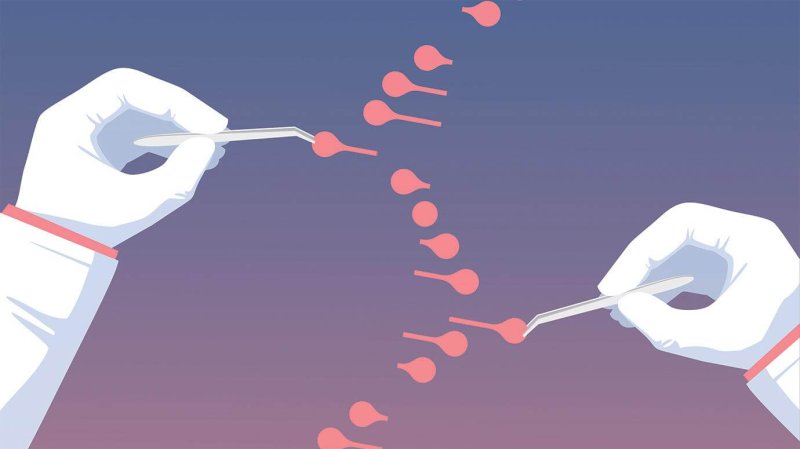Rather than targeting DNA, a team at MIT repurposed CRISPR to edit single letters in RNA, the messengers that carry DNA information to the protein-building parts of the cell. Without RNA, most of DNA’s coding is moot.
…
Despite the exploding popularity of DNA-focused CRISPR, however, targeting RNA never lost steam, for three main reasons.
One, it’s the no-commitment gene therapy alternative. Because RNA rapidly regenerates, any mistakes in editing will wash out within hours, allowing scientists to quickly scan for another alternative.
Two, it achieves the same outcome as genome editing without adding risk. Without editing the genome—which, as we’ve seen in CRISPR babies, can go very wrong—there’s no risk of triggering permanent cancerous mutations or other lifelong side effects.
Three, targeting RNA can alter hotspots on a protein that are essential to its function. Not to overwhelm you with too much biochemistry, but proteins often “talk” to each other by adding—or deleting—certain chemical groups. It’s like either putting up or removing a “do not disturb” sign on your hotel room door—the cell’s staff will know whether or not to continue with their tasks. This is huge.
Read full, original post: Editing RNA Expands CRISPR’s Use Far Beyond Genetic Diseases































